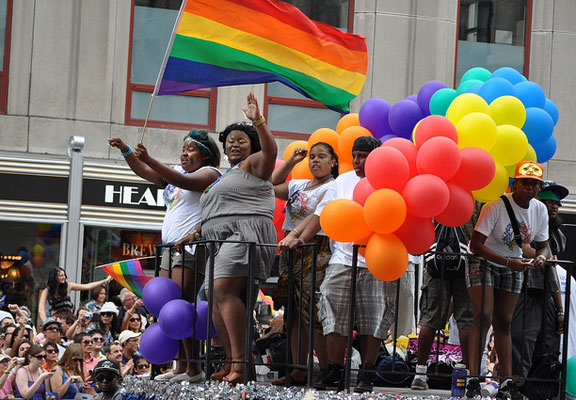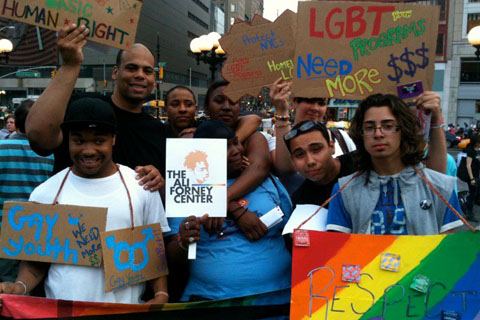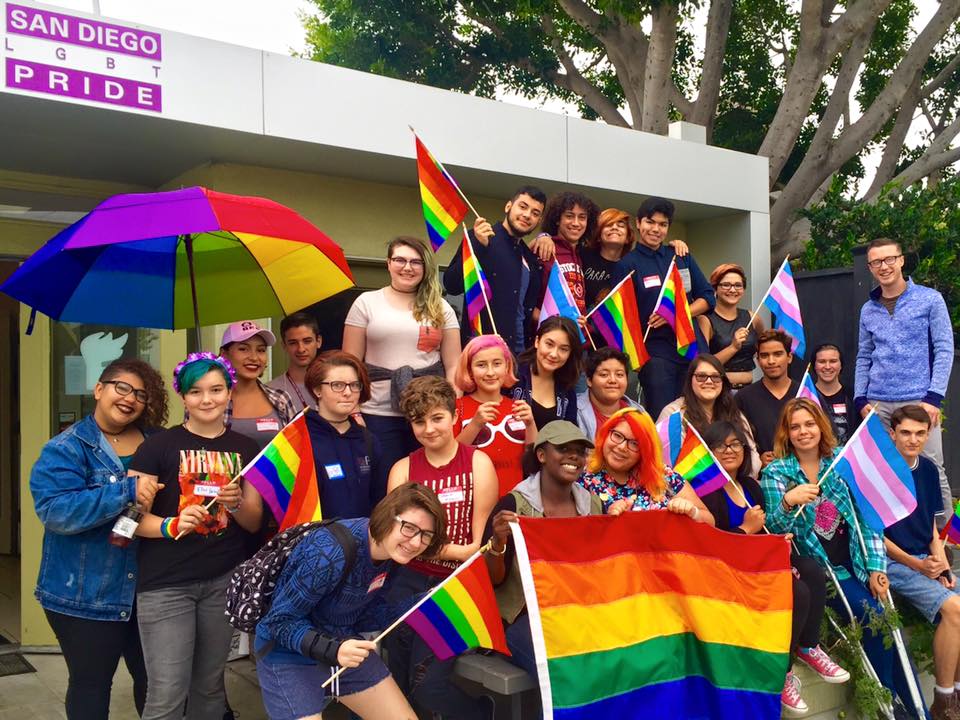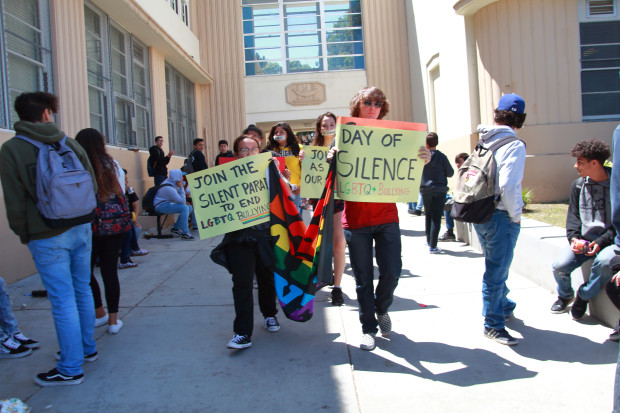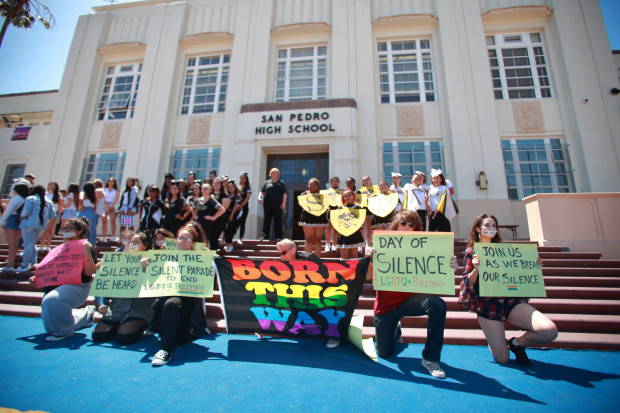BORN THIS WAY

Over the past decade, lesbian, gay, bisexual and transgender (LGBT) people have made major legal and political gains in the United States, including the right to marriage. Despite this progress, laws are not that stringent or apparent in prohibiting discrimination based on sexual orientation and gender identity. For this reason, LGBT students in schools are bullied, excluded and harassed.
How are LGBT students prejudiced against? How often are they harassed? Read below to find out.
Human Rights Watch study
In 2001, Humans Rights Watch interviewed 350 students, 145 parents, teachers, administrators and service providers in Alabama, Pennsylvania, South Dakota, Texas and Utah, to understand the state of LGBT students in the U.S. schools. They found that all five states did not have anti-bullying or anti-discrimination policies that expressly protected LGBT youth. In fact, three of the states—Alabama, Texas and Utah—had laws that intentionally regulated school curriculum to exclude discussions of LGBT topics.
Bullying
Discrimination took the form of bullying and harassment—including physical violence, sexual assault, verbal harassment, cyber bullying and exclusion. The report highlighted that a 17-year old transgender boy in Utah was shoved into lockers and pushed around by people to check if he had boobs. The school administration refused to listen to his complaints and blamed him for the violence done to him.
Teachers participation
To make it worse, teachers also participated in these acts. The report, narrating the incident of a 16-year-old bisexual girl in Alabama, depicted this. Her biology teacher would bring in kids dressed in short shirts and sweaters to class, and would tell them to take them off because they would look gay.
The system reinforced these bigotry acts by ensuring that teachers would have to face adverse employment consequences if they identified as LGBT or supported such students.
Banned from basic and extra-curricular activities
Biased acts against transgender students included limiting bathroom and locker room access, restricting participation in extracurricular activities, and prohibiting presence of such students at events. Students in same-sex relationship were also prevented or discouraged from attending dances. Their relationship was not considered on par with heterosexual couples.
LGBT were not allowed to express themselves through dressing. They were usually mocked or forced into changing.
Institutional discrimination
Discrimination against LGBT students takes place even before children take admission into school. In a study conducted by the Harvard T.H Chan school of Public Health, 20% of individuals reported being discriminated because of their identity and sexual orientation while applying to college.
The lack of policies against LGBT individuals has encouraged injustices to take place against LGBT students. Action must be taken against by schools and the government to ensure physical and psychological wellbeing of the LGBT individuals.

